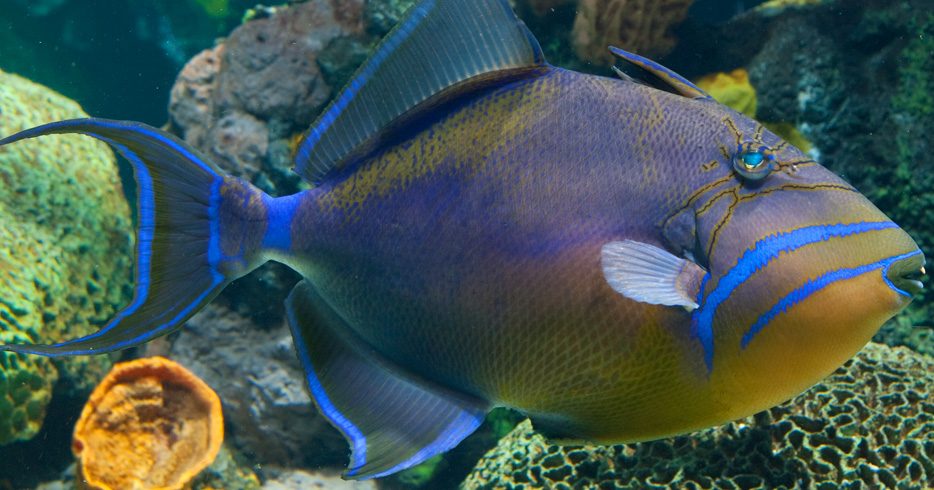
This species, too, has dramatically declined in abundancy over the last decades in many areas, such as on the reefs of Curacao and Bonaire.įunded by the Ministry of Agriculture, Nature and Food Quality, Wageningen Marine Research collaborated with the SMBU to conduct a study to provide a preliminary evaluation about the effectiveness of these seasonal closures. This species exhibits a rather unique mating strategy, where the male will establish and defend a nesting area and wait for a female to approach. The Queen triggerfish is a reef fish too, that can be found throughout the Atlantic from Canada to the south-eastern coast of Brazil. Within the Western Atlantic, recent studies all indicate an overall decline in Red hind populations which has led to an increase in fishing regulations for this species around Bermuda, the US Caribbean and Mexico and a complete ban within US waters. Red hinds are reef fish known to travel along predictable migration routes and can therefore influence a variety of different areas. Red hind and Queen triggerfishĪlthough fishermen are not often targeting either of these fish, they do represent two of the three most commonly caught bycatch species in both redfish (deep-water snapper) and lobster traps. This closure was based on local fishermen's general knowledge and research done by Nemeth et al., about the time Red hinds tend to aggregate within this area. In 2013, in an effort to protect these species, the Saban government issued a five year moratorium on fishing within Moonfish Bank between the months of December and February. This area is a known spawning aggregation area for the Red hind ( Epinephelus guttatus) and the Queen triggerfish ( Balistes vetula). One such site is located within the Moonfish Bank of Saba Bank. Little is known about most of these sites, and scientists must rely on tje knowledge of local fishermen. In fact, in the Caribbean, there are over a hundred known SPAG sites, most of which are unprotected and most of which have been overfished. Such sites are often vulnerable to overfishing because spawning events occur at predictable times and locations each year. These areas are known as spawning aggregation (SPAG) sites. Unfortunately, their reproductive habits rule outbreeding in the home aquarium.Similar closures have been credited with improving reef populations and could be the key to protecting these species in the future.Įach year, many species of fish migrate to specific areas to spawn. These large, attractive triggerfish are relatively easy to care for since they feed on a variety of meat-based foods and do not need company. SIZE Up to 20 in (50 cm) 10 in (25 cm) in aquariums.ORIGINS Found through tropical parts of the western Atlantic, typically in Caribbean waters.

When anchoring themselves in a crevice, triggerfish may inflate their bodies slightly, although not as much as puffer fish. One of the appealing features of triggerfish is their eyes, which move independently. In the Orange-Lined Triggerfish of the Pacific, shown below, the caudal fin is yellow-green, but in Indian Ocean specimens it is orange. TEMPERAMENT One of the most aggressive triggerfish.DIET A range of animal foods, including river shrimp.ORIGINS The Indo-Pacific region, although it does not extend as far as Hawaii.Orange-Lined Triggerfish Orange-Lined Triggerfish Young Triggerfish grow at a surprisingly fast rate.

Start out with a lively juvenile of about 4 in (10 cm), which will be easier to tame.

Like related species, the Triggerfish is relatively tolerant in terms of water quality, but it needs an aquarium to itself.


 0 kommentar(er)
0 kommentar(er)
